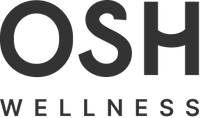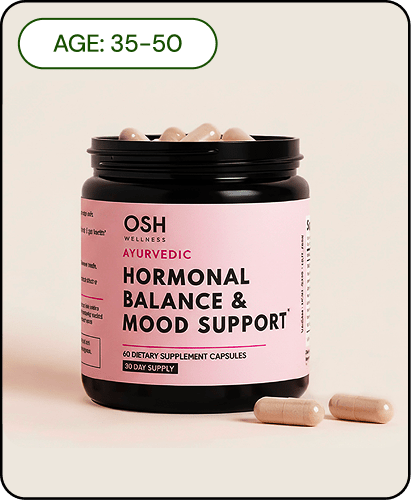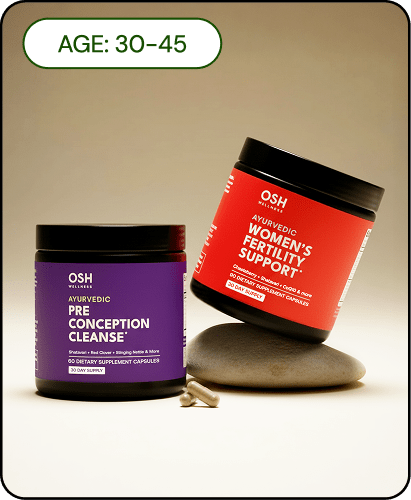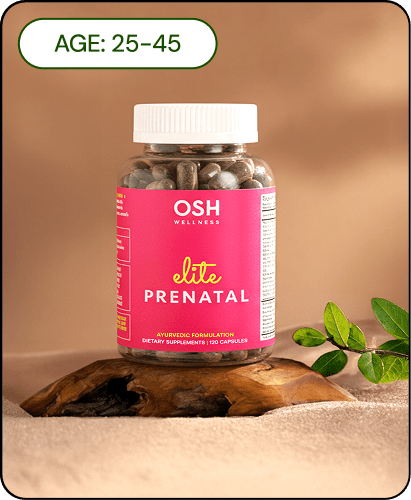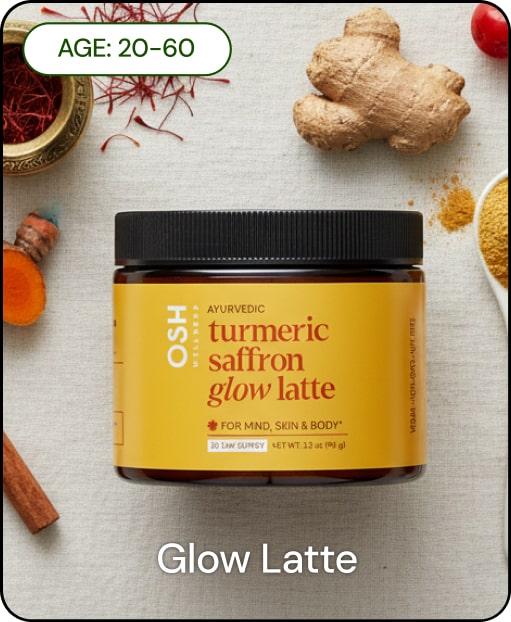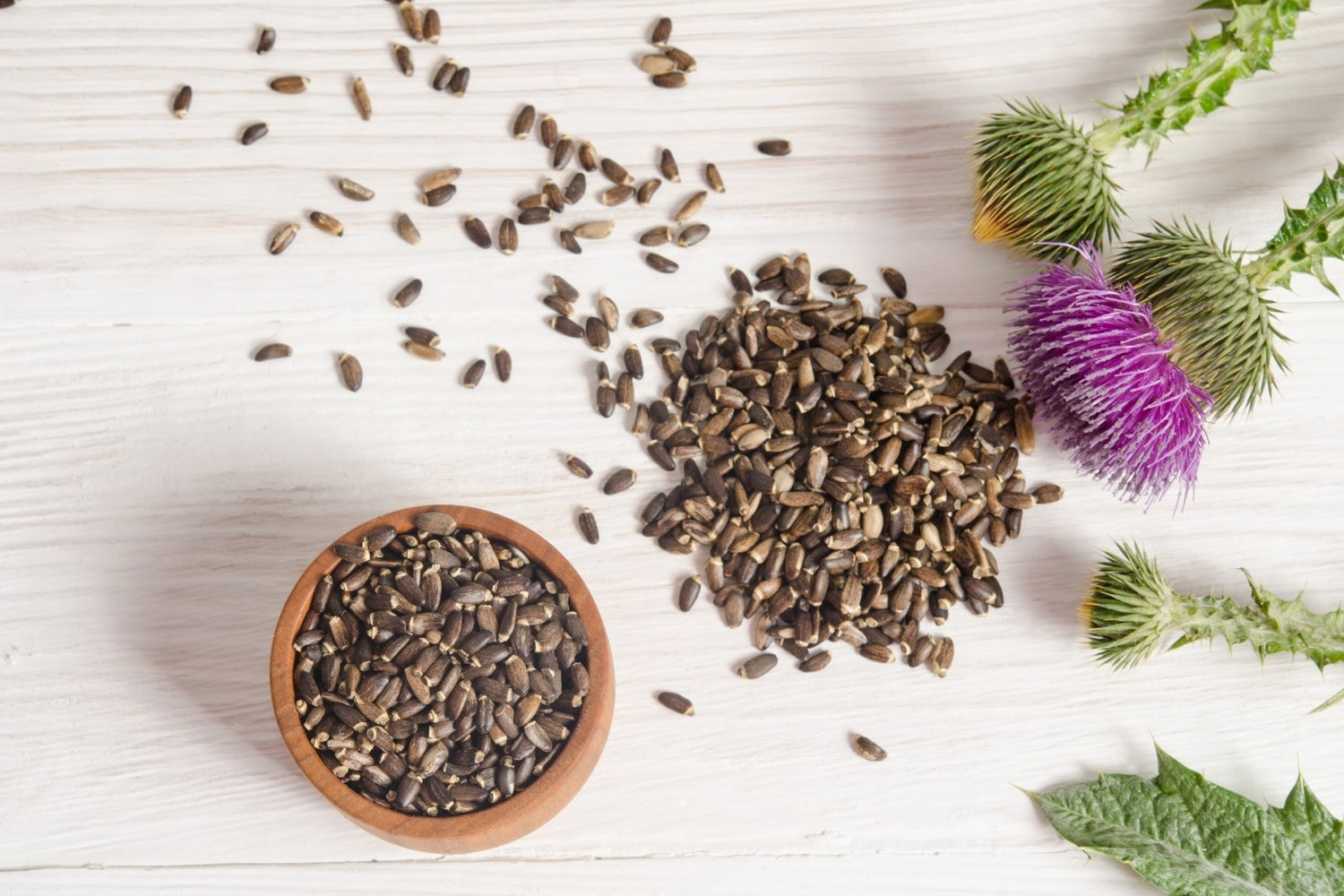Herbs are a popular remedy for women with low breastmilk supply. One such herb thought to increase lactation is milk thistle. But what is this prickly plant and does it make a difference when breastfeeding? In this article, we aim to tell you everything you need to know about this long-sought-after herb.
What is Milk Thistle?
Scientifically known as Silybum marianum, milk thistle is native to the Mediterranean region. It can also be found growing in the United States and Europe. It is not to be confused with Blessed Thistle, another herb associated with breast milk production.
Milk thistle has long been used in traditional medicine practices, like Ayurveda. The flowering herb is believed to promote lactation, treat liver disorders, flush out toxins, and help with inflammation.
Milk thistle is a thorny plant with striped green leaves, prickly spines, and purple flowers. Within its spiny exterior is the plant's active ingredient, silymarin. These compounds possess powerful antioxidant, anti-inflammatory, and antiviral characteristics.
Milk Thistle for Lactation
One of the earliest mentions of milk thistle was in a book of herbs in 1626. The white veins of the leaves were believed to represent the breast milk of Mother Mary. Sometimes, milk thistle is referred to as St. Mary’s Thistle. However, the plant was likely in use by other cultures for centuries before this.
Milk thistle was most commonly sought after as a treatment for low breast milk supply. Women from both India and Europe have praised the herb’s lactation boosting properties for decades. However, there haven’t been many scientific studies that prove it increases breast milk in human mothers.
One study did find that milk thistle was effective at increasing milk supply in dairy cows. And another study focused on silymarin, the plant's active ingredient, and found that the compound led to an 85% increase in the milk supply of nursing mothers.
It is thought that milk thistle is beneficial for breast milk supply due to its plant estrogens. Prolactin is a necessary hormone for breastfeeding and its production is regulated in part by estrogen. Milk thistles estrogen-mimicking properties may increase prolactin secretions, making it an efficient galactagogue.
Is Milk Thistle Safe for Nursing Mothers?
Though milk thistle has been used for generations, you may wonder about its safety while nursing. There haven’t been many scientific studies done on breastfeeding mothers and milk thistle. Therefore, it is always a good idea to consult your doctor or child’s pediatrician before taking this herb.
However, it is generally thought of as safe. Excessive amounts of milk thistle may lead to stomach upset, loose bowel movements, or vomiting. Take care to start slowly and stop taking the herb if you notice any side effects.
Allergic reactions to milk thistle aren’t common. Although, if you are allergic to marigolds, chrysanthemums, daisies, or ragweed you should avoid milk thistle as these plants are all within the same family.
Finally, know that milk thistle may interfere with birth control pills due to its estrogenic properties. Those who are pregnant should also avoid taking milk thistle.
Other Health Benefits of Milk Thistle
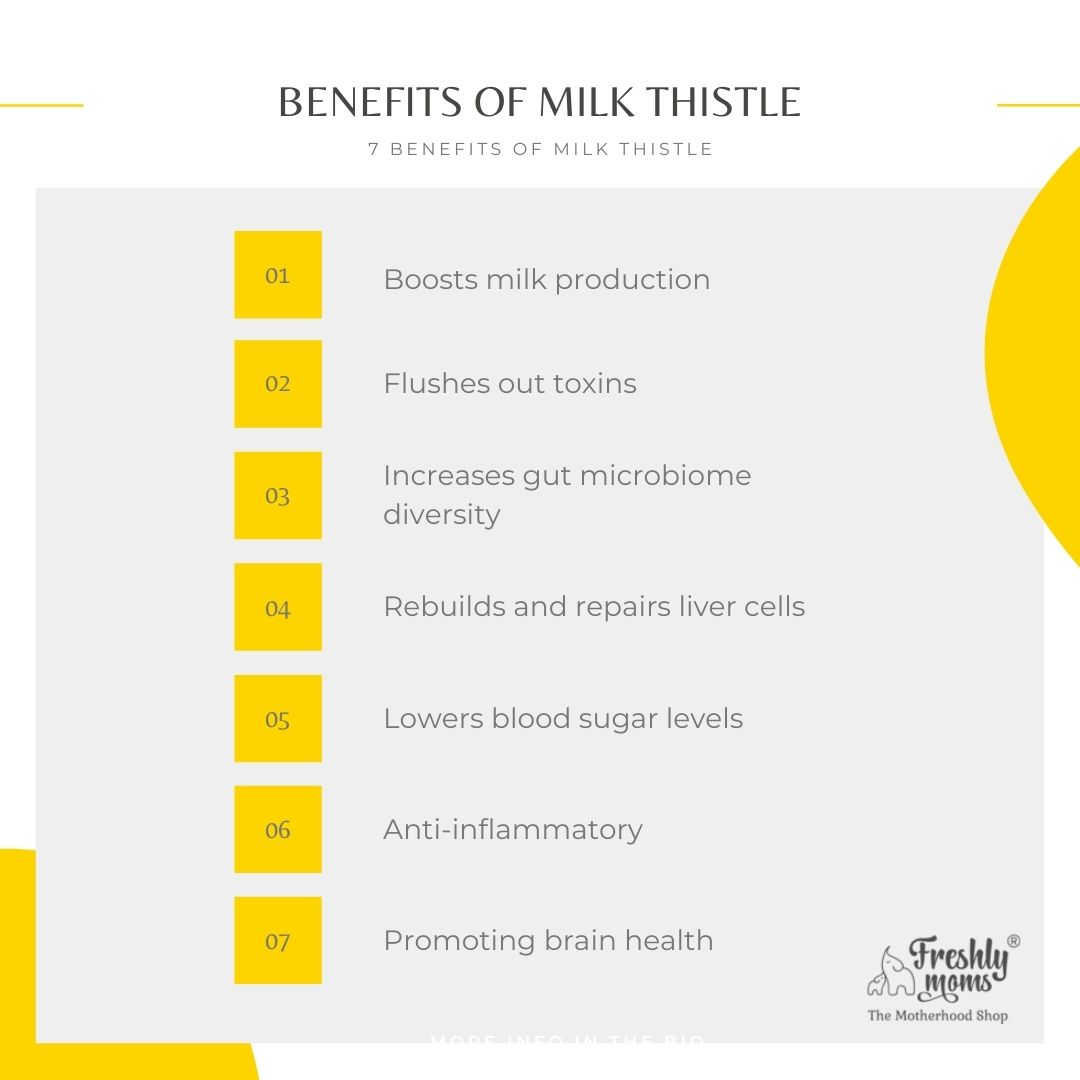
Aside from being a galactagogue, milk thistle is believed to have additional health benefits. Such as:
- Flushing out toxins and detoxifying the liver
- Increasing gut microbiome diversity
- Rebuilding and repairing liver cells
- Lowering blood sugar levels
- Anti-inflammatory
- Promoting brain health
- Possibly preventing bone loss and osteoporosis
- Antioxidant properties that may help reduce the risk of breast and cervical cancer
How To Use Milk Thistle
Tonics and Teas
Milk thistle is generally consumed with liquid as a tonic, tea, or tincture. The seeds of the plant can be chopped, crushed, or ground. One teaspoon of seed should be added to 8 ounces of liquid, usually hot water. Then, steep the seeds for ten to twenty minutes and enjoy. You can drink milk thistle up to three times a day.
Many popular breastfeeding teas already contain milk thistle along with a variety of other galactagogue herbs. Milk thistle is commonly paired with fenugreek as it is believed that these two herbs are most powerful when working together.
In Food
You can eat every part of the milk thistle plant aside from the spines. Some individuals like to eat the leaves raw, or cook them and add them to dishes. The seeds can be roasted and added to foods as well. The buds can be prepared in a manner similar to artichokes and eaten.
As a Supplement
Milk thistle is widely available in supplement form. You can choose from a capsule, powder, extract, or soft gel. Make sure that you purchase your supplement from a trusted source and follow all dosing instructions.
Cautions When Considering Milk Thistle
- Milk thistle can affect blood sugar levels, and therefore those with type II diabetes should refrain from taking the herb
- Milk thistle isn’t advised for pregnant women and may interfere with hormonal birth control pills
- Milk thistle helps to flush toxins out of the liver. Those whose liver may be heavily toxin-laden from alcohol or other substances should not take milk thistle when nursing as the toxins may be passed to the baby through breastmilk.
- Allergic reactions to milk thistle are rare, but if you have allergies to other plants of the same family you may want to avoid milk thistle
- Milk thistle shouldn't be confused with blessed thistle, an entirely different type of plant
Lactation Products with Milk Thistle
Lactation Support
Osh Wellness Organic Chocolate Drink Mix is the easiest and the most delicious way to naturally boost milk production
Posted by Shruti Mishra
Shruti is the founder of Osh Wellness. She is a graduate from Natural Gourmet Institute, NY and a certified IIN health coach. She has been working with Ayurveda, food & nutrition since 10 years and is also a fresh mom herself.
